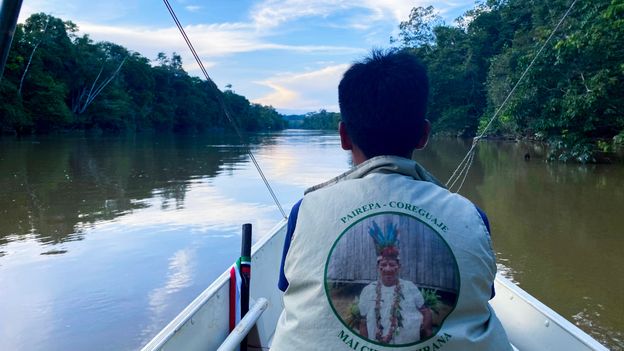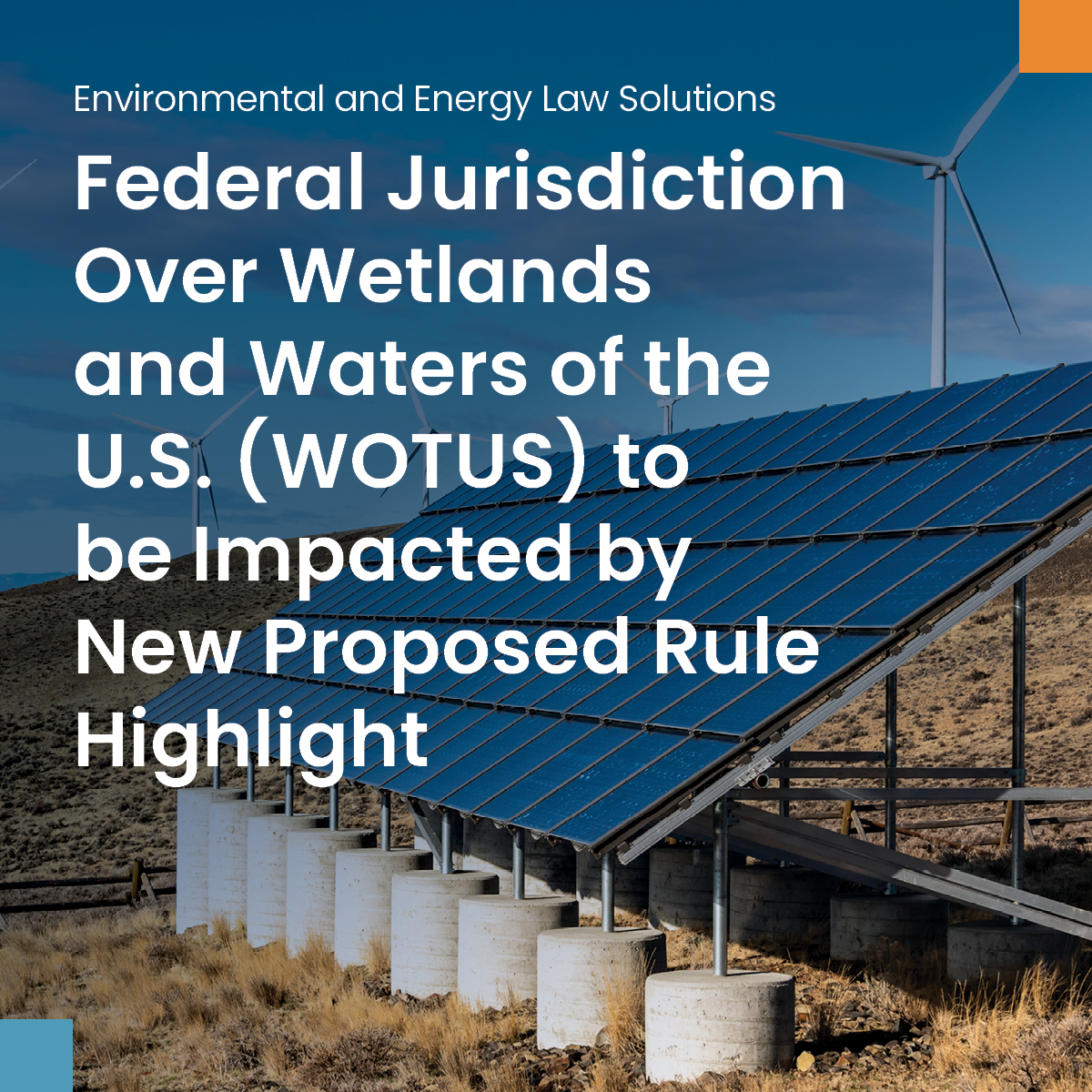Local volunteers plant trees to help with expansion, reforestation of 9/11 Memorial Trail – WJAC

Report on Reforestation Initiative for the 9/11 National Memorial Trail
1.0 Project Overview
A volunteer initiative was conducted in Cambria County, Pennsylvania, to advance the development of the September 11th National Memorial Trail. The project focused on the reforestation of a former mine site, an action designed to mitigate past environmental impacts and restore the local ecosystem. This effort is a component of the larger goal to complete the 1,500-mile trail commemorating the heroes of September 11, 2001.
2.0 Key Activities and Stakeholders
The event centered on the planting of 30 trees, including a mix of Pine and Spruce species. This activity was made possible through a multi-stakeholder collaboration, demonstrating a commitment to shared environmental and community goals.
- Lead Organization: September 11th National Memorial Trail Alliance
- Local Authority Partner: Cambria County Conservation and Recreation Authority
- Corporate Partner: First Energy
- Participants: Community Volunteers
3.0 Alignment with Sustainable Development Goals (SDGs)
This initiative directly supports several of the United Nations Sustainable Development Goals (SDGs) through its focus on environmental restoration, community partnership, and sustainable land use.
- SDG 15: Life on Land: The project’s primary objective is to restore a terrestrial ecosystem degraded by mining activity. By planting trees, the initiative contributes to:
- Halting land degradation and restoring degraded land.
- Promoting the sustainable management of forests.
- Conserving biodiversity by reintroducing native tree species.
- SDG 17: Partnerships for the Goals: The success of the event underscores the importance of collaboration. The partnership between a non-profit alliance, a government authority, and a private sector entity exemplifies the multi-stakeholder approach required to achieve sustainable development.
- SDG 11: Sustainable Cities and Communities: By expanding a public recreational trail, the project enhances access to green public spaces. It also contributes to safeguarding cultural heritage by creating a living memorial that connects communities and honors a significant national event.
- SDG 13: Climate Action: Reforestation is a critical tool for climate change mitigation. The newly planted trees will contribute to carbon sequestration, directly supporting efforts to combat climate change and its impacts.
4.0 Conclusion and Future Outlook
The reforestation event represents a significant step in both expanding the 9/11 National Memorial Trail and advancing local environmental stewardship. According to Trail Alliance President Jeffrey McCauley, the goal is to “restore the ecosystem, as much as possible, to reclaim the property that was once mined.” Continued partnerships are considered vital for the completion of the trail, which serves as a route for remembrance and a model for sustainable land reclamation aligned with global development goals.
Analysis of Sustainable Development Goals in the Article
-
Which SDGs are addressed or connected to the issues highlighted in the article?
-
SDG 15: Life on Land
This goal is directly addressed through the article’s focus on environmental restoration. The core activity described is the reforestation of a former coal mine, which aims to “restore the ecosystem” and “mitigate” the environmental impact of mining. This aligns with SDG 15’s objective to protect, restore, and promote the sustainable use of terrestrial ecosystems.
-
SDG 17: Partnerships for the Goals
This goal is relevant because the project is a collaborative effort. The article states that the “September 11th National Memorial Trail Alliance worked with the Cambria County Conservation and Recreation Authority, and partners at First Energy.” This multi-stakeholder partnership, involving a non-profit alliance, a public authority, and a private company, is central to achieving the project’s goals and reflects the spirit of SDG 17.
-
SDG 15: Life on Land
-
What specific targets under those SDGs can be identified based on the article’s content?
-
Target 15.2: “By 2020, promote the implementation of sustainable management of all types of forests, halt deforestation, restore degraded forests and substantially increase afforestation and reforestation globally.”
The event’s main purpose was to “re-forest a mine” by planting trees, which is a direct action contributing to reforestation and the restoration of a degraded forest ecosystem.
-
Target 15.3: “By 2030, combat desertification, restore degraded land and soil… and strive to achieve a land degradation-neutral world.”
The project’s goal to “reclaim the property that was once mined for coal” is a clear effort to restore land that was degraded by industrial activity, directly aligning with this target.
-
Target 17.17: “Encourage and promote effective public, public-private and civil society partnerships, building on the experience and resourcing strategies of partnerships.”
The collaboration between the Trail Alliance (civil society), the County Conservation and Recreation Authority (public), and First Energy (private sector) is a textbook example of the type of partnership this target aims to promote.
-
Target 15.2: “By 2020, promote the implementation of sustainable management of all types of forests, halt deforestation, restore degraded forests and substantially increase afforestation and reforestation globally.”
-
Are there any indicators mentioned or implied in the article that can be used to measure progress towards the identified targets?
- Indicator for SDG 15 (Targets 15.2 & 15.3): The article provides a specific, quantifiable indicator of progress: the number of trees planted. It states that “volunteers helped to plant 30 different trees, a mixture of Pine and Spruce.” This serves as a direct measure of the reforestation effort on the degraded land. The action to “re-forest a mine” itself is an indicator of progress in restoring degraded land.
- Indicator for SDG 17 (Target 17.17): The existence of the multi-stakeholder partnership is the primary indicator. The article explicitly names the participating organizations—”the September 11th National Memorial Trail Alliance,” “the Cambria County Conservation and Recreation Authority,” and “First Energy”—which demonstrates a functioning public-private-civil society partnership working towards a common goal.
-
Create a table with three columns titled ‘SDGs, Targets and Indicators” to present the findings from analyzing the article.
SDGs Targets Indicators SDG 15: Life on Land 15.2: Promote restoration of degraded forests and increase reforestation.
15.3: Restore degraded land and soil.The specific action of planting “30 different trees” to “re-forest a mine” and “reclaim the property that was once mined for coal.” SDG 17: Partnerships for the Goals 17.17: Encourage and promote effective public, public-private and civil society partnerships. The formation of a partnership between the “September 11th National Memorial Trail Alliance,” the “Cambria County Conservation and Recreation Authority,” and “First Energy.”
Source: wjactv.com
What is Your Reaction?
 Like
0
Like
0
 Dislike
0
Dislike
0
 Love
0
Love
0
 Funny
0
Funny
0
 Angry
0
Angry
0
 Sad
0
Sad
0
 Wow
0
Wow
0













































































